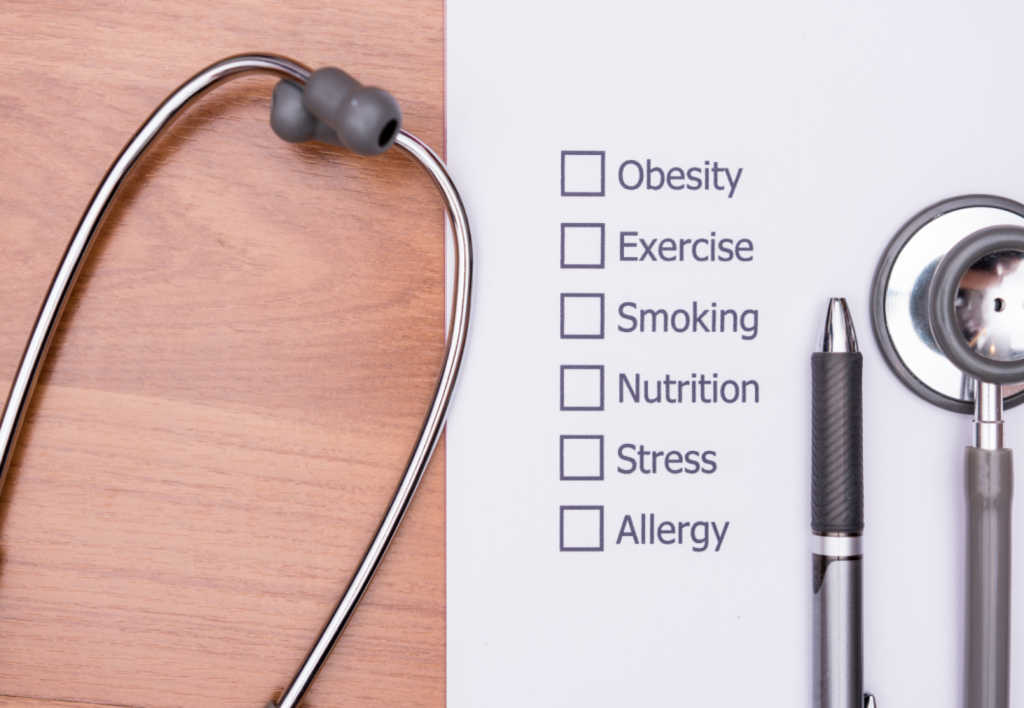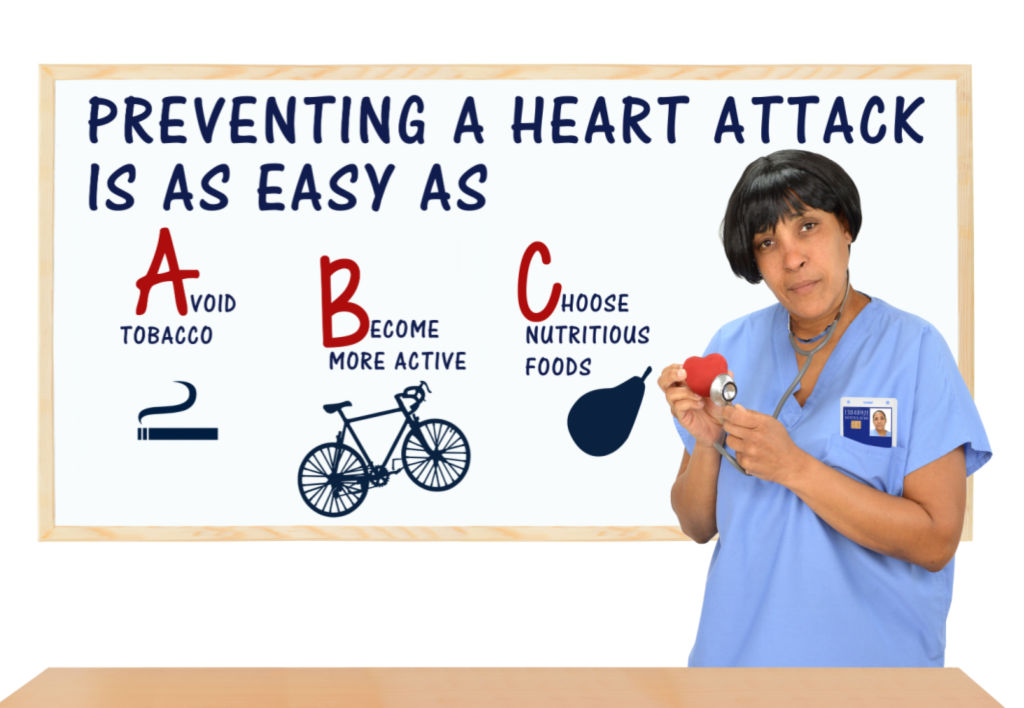According to a new study, the COVID-19 pandemic is making more people have heart attacks. Here are some key factors to look for in a patient at risk for heart attack
COVID-19 pandemic causes increased heart attack cases
Although the COVID-19 pandemic has not caused an increase in the number of heart attack deaths in the United States, the disease is increasing the number of heart attacks in people with certain cardiovascular conditions. The disease causes inflammation within the heart muscle called myocarditis. This inflammation leads to heart failure and can cause swelling and fluid accumulation. The inflammation can also cause arrhythmia or abnormal heart rhythms.

Although the COVID-19 pandemic has primarily affected China in recent years, the number of reported cases outside of the country has now exceeded those in China. As of March 15, 2020, the number of deaths from the virus is expected to surpass the total number of cases in China. In addition, the virus interacts with the cardiovascular system on many levels, causing multiple complications in patients. In addition, COVID-19 increases the risk of cardiovascular morbidity in people already suffering from cardiovascular diseases.
Risk factors
Several risk factors are associated with the increase in heart attacks. These risk factors are related to age and family history, and the disease is often fatal before medical care is available. The latest findings in the field of cardiovascular disease (CVD) provide important information for preventing the disease. The article includes information from the Journal of the American College of Cardiology, the National Heart, Lung, and Blood Institute, and the Institute for Health Metrics and Evaluation of the University of Washington.

Lifestyle changes can reduce the risk of developing cardiovascular disease. Lifestyle modifications can lower the risks of cardiovascular disease, including smoking, diet, and physical inactivity. The use of tobacco and alcohol is another significant risk factor for cardiovascular disease. Behavioral risk factors may be difficult to change, but they can be reduced through lifestyle changes and dietary changes. People with these factors can consult a physician if they have any of these risks. Moreover, people with these factors may benefit from screenings to find out whether they are at risk.
Symptoms
More people are suffering from heart attack symptoms than ever before. Often the symptoms occur suddenly but can also be gradual and develop over minutes. If you notice any of these signs or symptoms, call 911 immediately. Early treatment improves the chances of recovery. This action plan is available in 17 different languages. In the event of a heart attack, you may also experience other symptoms such as dizziness or trouble breathing. A healthcare team will work with you to come up with the most effective treatment plan for you.

The most common symptoms of a heart attack are chest discomfort, shortness of breath, and pain in the neck, back, arm, and jaw. A heart attack may also be accompanied by discomfort in the jaw, neck, or shoulder. Other possible symptoms include lightheadedness, nausea, and cold sweating. If you experience these symptoms, call 911 immediately. The symptoms are important in identifying the best treatment for you. You should also contact your doctor as soon as possible.
Prevention
While cardiovascular disease is a growing problem worldwide, prevention efforts are more critical than ever before. Approximately one in three deaths is caused by cardiovascular disease, and the morbidity associated with it is huge. This problem is even worse in developing countries, where people’s ways of living are changing quickly and adding new risk factors for heart disease. The good news is that a lot of these diseases can be prevented, or at least reduced, with proper risk-reduction efforts. This is why the prevention of heart attack cases is a priority for all developers of public health policies.

As the burden of cardiovascular disease rises, so does the number of people dying from it. The Journal of the American College of Cardiology published a study this year that examined trends over the past thirty years. The study revealed that public health programs are crucial to reducing the burden of cardiovascular disease through lifestyle changes. Studies show that simple lifestyle changes can significantly reduce the risk of cardiovascular disease and save lives. By adopting a healthy lifestyle and making simple changes, it’s possible to reduce the risk of a heart attack.







